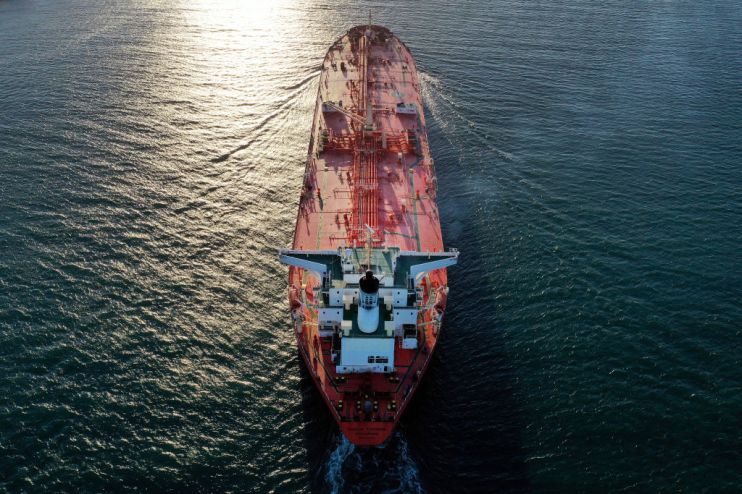Russia cushioned from sanctions as partners buy oil above quoted prices

Moscow’s trade partners have increasingly paid more for Russian crude than quoted prices suggest, Goldman Sachs said in a note, cushioning Russia from the impact of Western sanctions.
The bank in a note dated 10 February estimated that the gap between the average effective price paid and the quoted price has widened since last March, and reached around $25 per barrel in December.
“We argue that the resilience in production so far may partly reflect that the effective price paid for Russian oil appears significantly greater than the quoted price assessments,” Goldman said.
In response to the latest Western sanctions, including price caps designed to limit Moscow’s revenues, Russia said on Friday it would cut oil production by 500,000 barrels per day, in March this year.
International Brent crude spiked to levels close to all time highs following Russia’s invasion of Ukraine nearly a year ago, but later eased and Russia’s benchmark Urals blend has traded at deep discounts as European buyers have shunned it.
On Monday, Brent was trading around $86 per barrel.
Russia’s State Duma introduced a bill late on Saturday setting discounts for Russian oil exports, which typically trade at a discount to dated Brent, according to the lower house of parliament’s website.
Goldman Sachs last week lowered its oil price forecasts for this year and next but said it still expects prices by December to rise gradually to $100 PER barrel.
It said reduced production from Russia was “a key driver” of that forecast, along with a return of Chinese demand following the lifting of COVID-19 restrictions in the world’s largest commodities consumer.
“We expect Russia production to fall by 570,000 barrels per day in the March-June period, with the risks now skewed to a more front-loaded March cut (with no significant effect on annual supply and therefore Brent),” Goldman Sachs said in its note.
Reuters – Bharat Govind Gautam
